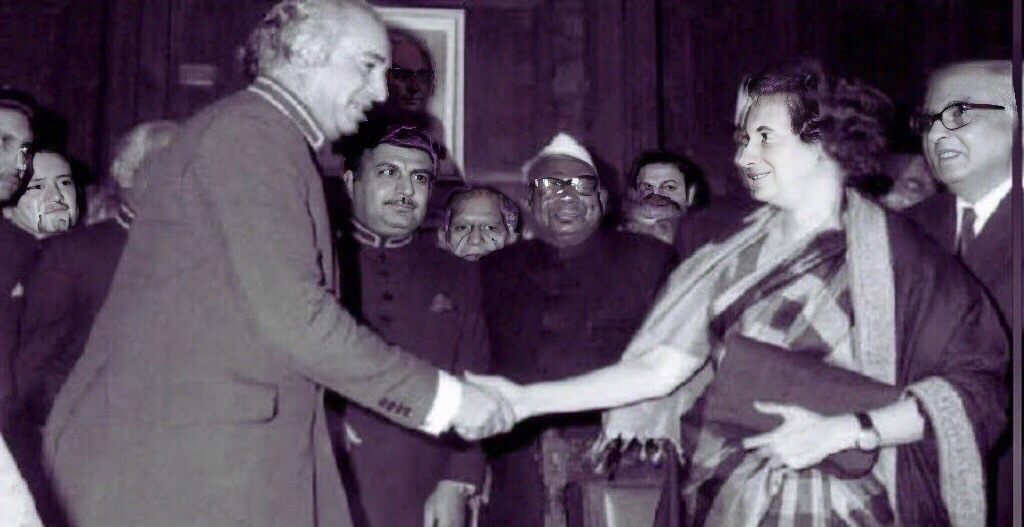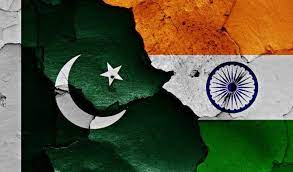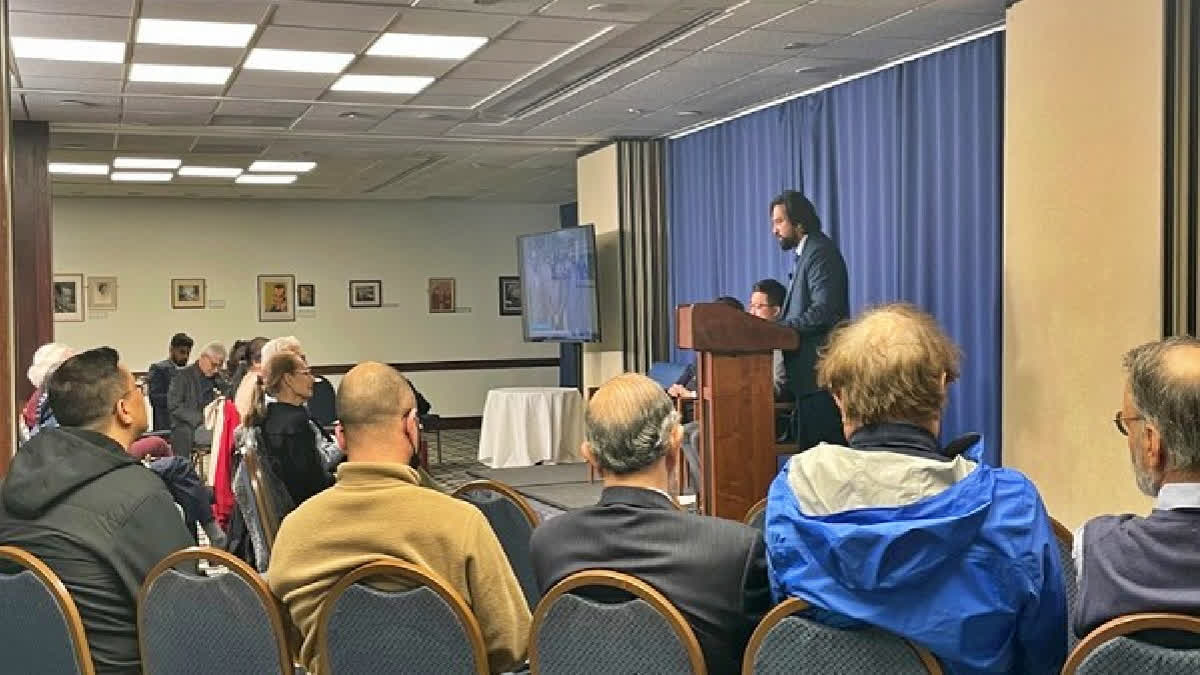A Diplomatic Flashpoint Rekindled
In a dramatic and controversial policy shift, Pakistan’s Defence Minister Khawaja Asif has declared the 1972 Simla Agreement “a dead document”, effectively signaling Islamabad’s formal departure from the longstanding bilateral framework for resolving disputes with India—especially the contentious Kashmir issue.
With the LoC now framed as a “ceasefire line” under the original UN framework and the Indus Waters Treaty under review, the regional diplomatic map is poised for turbulence. This strategic declaration marks a critical moment in South Asian geopolitics, one that could ripple across diplomacy, defense, trade, and global alignments.
Simla Agreement: A Quick Recap
Signed in the aftermath of the 1971 India-Pakistan war, the Simla Agreement laid the foundation for peaceful, bilateral dispute resolution between the two countries. It converted the 1949 UN-mandated Ceasefire Line into the Line of Control (LoC) and committed both sides to resolving Kashmir and other conflicts without third-party intervention.
By declaring this framework “dead,” Pakistan is not just rejecting bilateralism—it is effectively reverting to its pre-1972 stance, seeking internationalization of the Kashmir issue, a move that India staunchly opposes.
What Khawaja Asif Said — and Why It Matters
Speaking to the media, Pakistan’s Defence Minister asserted:
“The Simla Agreement is a dead document… Kashmir is no longer a bilateral issue. The LoC is now a ceasefire line as per the original 1948 UN resolutions.”
This declaration comes in the wake of India’s retaliatory strikes following the Pahalgam terror attack, with escalating military tensions along the LoC.
Key Takeaways:
-
LoC rebranded: Pakistan now views the LoC as a temporary ceasefire line, not a mutually respected boundary.
-
UN route revived: Islamabad is reverting to its 1948 strategy—inviting UN and global powers to mediate the Kashmir issue.
-
Indus Waters Treaty hinted as next casualty: Asif warned that Pakistan may reconsider water-sharing arrangements with India.
-
Nuclear posturing resumed: He added that Pakistan remains on high alert and would “only use nuclear weapons if its existence is threatened.”
India’s Position: Calm Assertion Amid Crisis
India has reiterated its consistent stance that:
-
Kashmir is an internal matter of India.
-
The Simla Agreement remains valid, binding both nations to bilateral dialogue.
-
Any attempt to internationalize Kashmir is unacceptable and a violation of past accords.
While New Delhi has avoided provocative rhetoric, it has increased diplomatic engagement with global partners, aiming to counter Pakistan’s narrative in international forums.
Global Responses: Silence, Caution, and Strategic Distance
China:
Beijing has urged restraint from both sides, highlighting the importance of diplomacy in South Asia. While historically aligned with Pakistan, China remains cautious due to its own regional economic and security interests.
United States:
The Biden administration has adopted a non-interventionist posture, reiterating support for direct India-Pakistan talks and declining to take sides.
UN:
While Pakistan’s statements aim to resurrect UN Resolution 47, the organization has not formally responded, in line with its reduced involvement since the Simla Agreement.
Trade & Economic Fallout: From Cold to Frozen
India and Pakistan have already suspended formal trade ties since the revocation of Article 370 in August 2019, but this new development cements that freeze and potentially:
-
Blocks future trade normalization efforts.
-
Puts informal cross-border commerce at risk, particularly in agriculture, textiles, and pharmaceuticals.
-
Threatens the Indus Waters Treaty, which has withstood wars and border conflicts since 1960.
Indus Waters Treaty Under Threat?
Asif’s hints at reviewing the Indus Waters Treaty signal Pakistan’s willingness to weaponize water diplomacy, despite the World Bank-brokered framework. If Pakistan withdraws, water security in Punjab and Sindh provinces could become a flashpoint.
Security Implications: An Uneasy Calm Along the LoC
The reclassification of the LoC as a “ceasefire line” changes its perceived legitimacy and opens the door to more border skirmishes, infiltration attempts, and proxy conflicts.
Strategic Shifts Include:
-
Increased troop mobilization by India along the LoC.
-
Heightened aerial surveillance and intelligence sharing across India’s Northern Command.
-
Potential increase in cross-border ceasefire violations and militant infiltration in coming months.
Pakistan’s nuclear remarks further escalate the rhetoric, although analysts consider them more defensive than operational.
Diplomatic Outlook: End of Bilateralism?
Pakistan’s move could represent a permanent departure from bilateral diplomacy, with implications such as:
-
Resurgence of third-party lobbying in global forums (OIC, UNGA).
-
India pushing back through economic diplomacy and stronger Quad and BRICS alignment.
-
Risk of diplomatic tit-for-tats, including visa restrictions, consular pressure, and global lobbying efforts.
This also closes the door on Track-II diplomacy for now, a vital backchannel used in the past to de-escalate crises.
What Lies Ahead: Three Possible Scenarios
Escalation Path (High Risk):
-
Increased ceasefire violations.
-
Diplomatic hostilities rise.
-
Indus Waters Treaty collapses.
Frozen Conflict (Probable):
-
No open war, but continuous tension and rhetorical escalation.
-
Informal backchannels continue behind closed doors.
-
Trade, sports, cultural ties remain blocked.
Strategic Reset (Low Probability):
-
External powers pressure both nations toward dialogue.
-
Simla Agreement is replaced or revised under a new peace framework.
-
Multilateral mediation gains rare acceptance from India.
Conclusion: A Diplomatic Domino in the Making
By declaring the Simla Agreement “dead,” Pakistan has effectively recalibrated the rules of engagement with India, raising the stakes not just for Kashmir, but for regional peace, trade, and water security.
India’s firm stance on bilateralism, Pakistan’s call for internationalization, and global powers’ reluctance to intervene form a dangerous triad—one that demands nuanced, strategic statecraft.
Whether this marks the end of a failed diplomatic era or the beginning of a new strategic phase depends on what both sides choose to do next—not with words, but with action.



